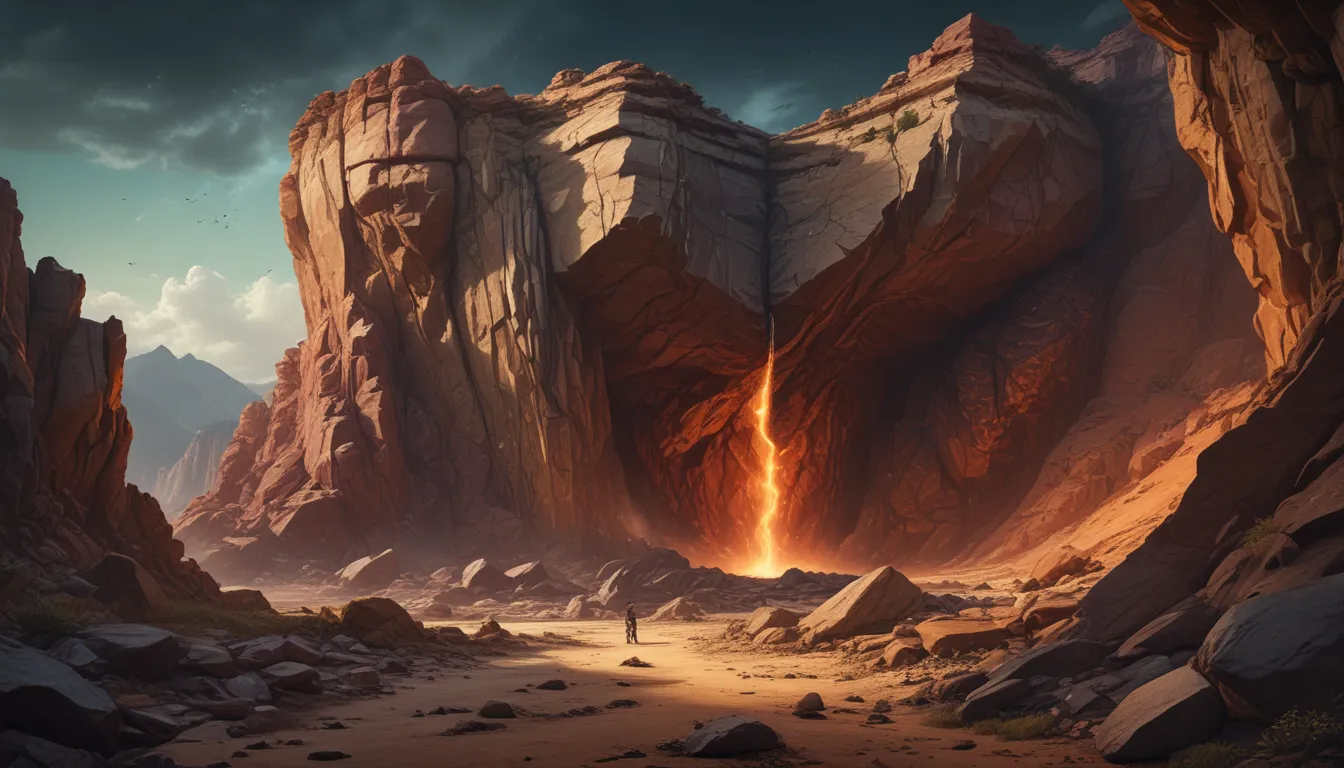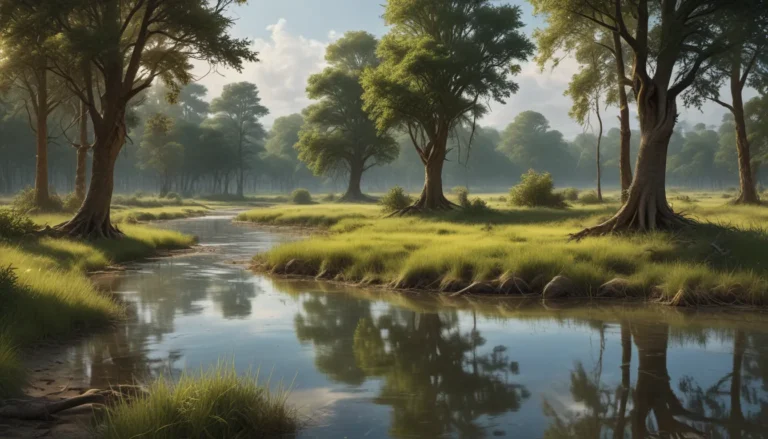A Note About Images: The images used in our articles are for illustration purposes only and may not exactly match the content. They are meant to engage readers, but the text should be relied upon for accurate information.
Lithification is a captivating geological process that takes loose sediment and metamorphoses it into solid rock over an extensive period. This intricate process involves both compaction, where sediment is compressed, and cementation, where minerals bind the particles together. Understanding lithification is key to comprehending the formation of various rock types like sandstone, limestone, and shale.
Unraveling the Fascinating World of Lithification
Let’s embark on a journey deep into the Earth’s history and explore the wonders of lithification. Discover the awe-inspiring structures and textures that arise from this geological phenomenon. In this article, we will uncover 15 astounding facts about lithification, from the factors influencing its speed to the significant roles it plays in forming oil reservoirs and economic rocks for construction.
Key Takeaways:
- Lithification, through compaction and cementation, takes thousands to millions of years to transform loose sediment into solid rock, preserving ancient landscapes and fossils.
- Water, pressure, time, and cementing agents like minerals are crucial in lithification, shaping oil reservoirs and economic rocks used in construction.
What is Lithification?
Lithification refers to the process of converting loose sediment into solid rock through compaction and cementation.
Key Players in Lithification
The main contributors to lithification are pressure, time, and the presence of cementing agents such as minerals and organic matter.
Sediment Types
Lithification can occur with varying types of sediments, including sand, silt, clay, and even organic materials like shells and bones.
The Compaction Stage
Compaction marks the initial phase of lithification, where the weight of overlying sediment compresses grains closer together, reducing pore space.
Cementation Process
Subsequently, cementation occurs as minerals or substances fill the gaps between sediment grains, binding them together to form solid rock mass.
Environmental Impact
The surrounding environment greatly influences the type and characteristics of the rock resulting from lithification.
Exploring Diagenesis
Lithification is an integral part of diagenesis, encompassing all physical and chemical changes that transpire in sediment post-deposition.
Different Types of Lithification
Two primary types of lithification exist: compactional lithification, driven by pressure, and cementational lithification, facilitated by mineral cements.
The Timescale of Lithification
The duration of lithification can span thousands to millions of years, contingent upon factors like sediment composition, burial depth, and tectonic activities.
Fossilization and Lithification
Lithification plays a pivotal role in preserving ancient organisms, turning them into fossils that offer invaluable insights into Earth’s history.
Preserving Ancient Landscapes
By solidifying ancient landscapes, lithification conserves evidence of past environments and geological events within rock layers.
Economic Significance
Lithified rocks, including limestone and sandstone, hold significant economic value as they are prevalent in construction, architecture, and manufacturing.
Lithification and Oil Reservoirs
Lithified rocks serve as reservoirs and traps for oil and natural gas, underscoring the importance of lithification in the creation of hydrocarbon deposits.
The Vital Role of Water
Water plays a critical role in the lithification process, aiding in the transportation of cementing agents and facilitating chemical reactions between minerals.
Persistent Lithification
Lithification is an ongoing, continuous process occurring in various environments today, such as river deltas, ocean floors, and deserts.
In Conclusion
In conclusion, lithification is a captivating geological process that transforms loose sediment into solid rock, fostering various rock types like sandstone, shale, and limestone. By understanding lithification, we can unravel the Earth’s history and decipher the mysteries concealed within sedimentary rocks.
FAQs About Lithification
-
Q: What is lithification?
Lithification is the process by which loose sediment is compacted and cemented together to form solid rock. -
Q: How does lithification occur?
Lithification transpires through several stages, involving compaction, where overlying sediment pressure expels water and air between particles, and cementation, wherein minerals precipitate and bind sediment grains. -
Q: What types of rocks are formed by lithification?
Common lithification-derived rocks include sandstone, shale, and limestone. -
Q: What factors influence lithification?
Sediment type and composition, pressure levels, and the existence of cementing agents can significantly influence the lithification process. -
Q: Why is lithification important?
Lithification plays a crucial role in documenting Earth’s history within sedimentary rocks, offering invaluable insights into past environments, climate, and geological processes.
As we voyage through the intricate world of lithification, remember that each fact shared here has been meticulously reviewed to ensure accurate and engaging content. Join us in exploring the wonders of geological processes and uncovering the secrets held within the Earth’s strata.






